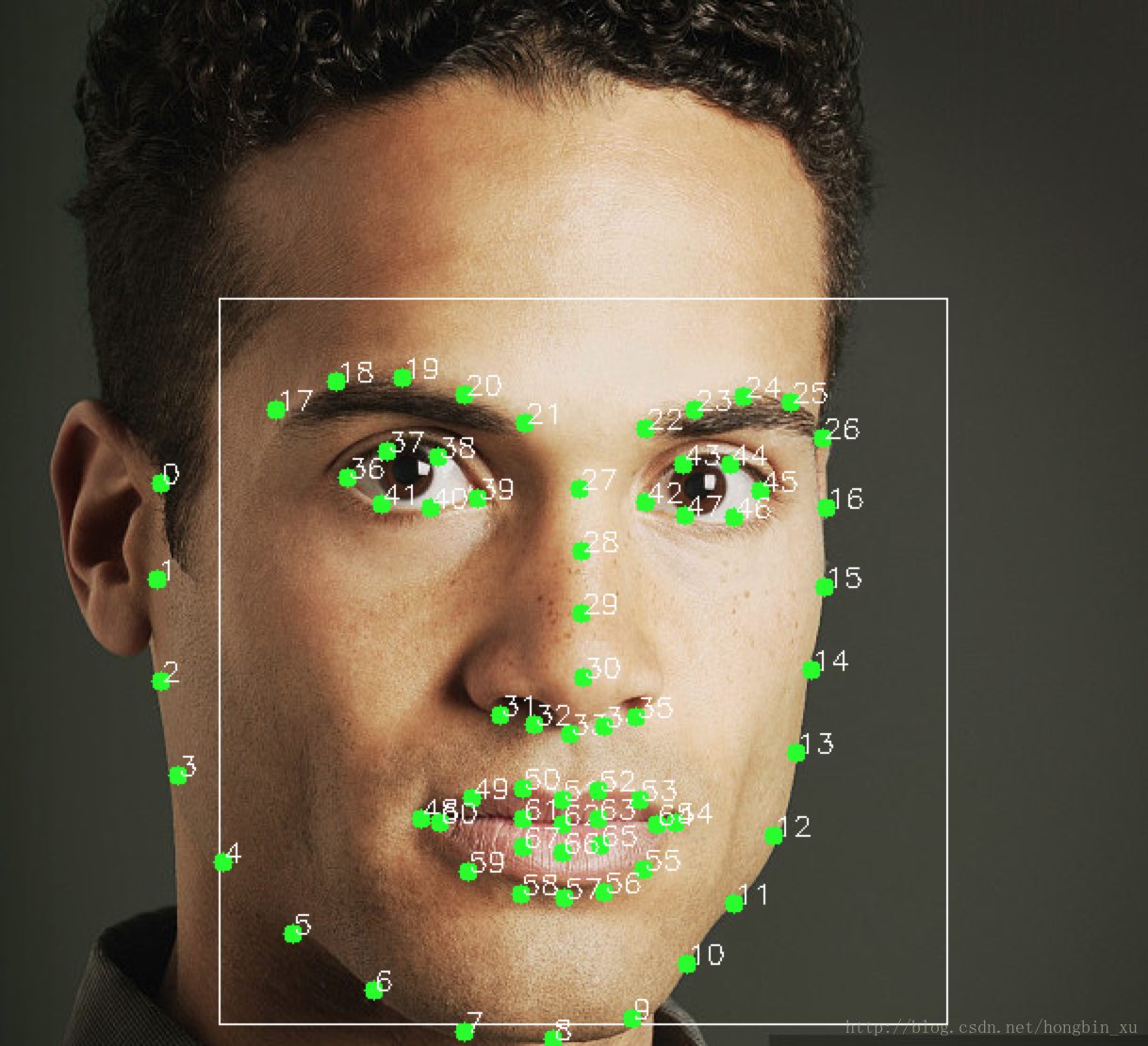2020/4/3
1|0今日学习
- 搭好dlib c++的环境
- 三节课
- 写完作业
2|0今日杂碎记录
2|1dlib 的编译
2|2CMakeLists.txt 的编写
dlib的CMakeLists.txt编写详细规则
opencv的CMakeLists.txt编写详细规则
更多关于CMakeLists.txt 的编写
2|3C++中的rectangle API
2|4dlib C++ 检测特征点
2|5明天再使用的方法
FaceDetection
python 与 C++ dlib人脸检测结果对比
刷剧时间长了哇,后悔一秒。
__EOF__
作 者:Hichens
出 处:https://www.cnblogs.com/hichens/p/12626286.html
关于博主:莫得感情的浅度学习机器人
版权声明:@Hichens
声援博主:如果您觉得文章对您有帮助,可以点击文章右下角【推荐】一下。您的鼓励是博主的最大动力!




【推荐】国内首个AI IDE,深度理解中文开发场景,立即下载体验Trae
【推荐】编程新体验,更懂你的AI,立即体验豆包MarsCode编程助手
【推荐】抖音旗下AI助手豆包,你的智能百科全书,全免费不限次数
【推荐】轻量又高性能的 SSH 工具 IShell:AI 加持,快人一步
· AI与.NET技术实操系列:向量存储与相似性搜索在 .NET 中的实现
· 基于Microsoft.Extensions.AI核心库实现RAG应用
· Linux系列:如何用heaptrack跟踪.NET程序的非托管内存泄露
· 开发者必知的日志记录最佳实践
· SQL Server 2025 AI相关能力初探
· 震惊!C++程序真的从main开始吗?99%的程序员都答错了
· winform 绘制太阳,地球,月球 运作规律
· 【硬核科普】Trae如何「偷看」你的代码?零基础破解AI编程运行原理
· 上周热点回顾(3.3-3.9)
· 超详细:普通电脑也行Windows部署deepseek R1训练数据并当服务器共享给他人